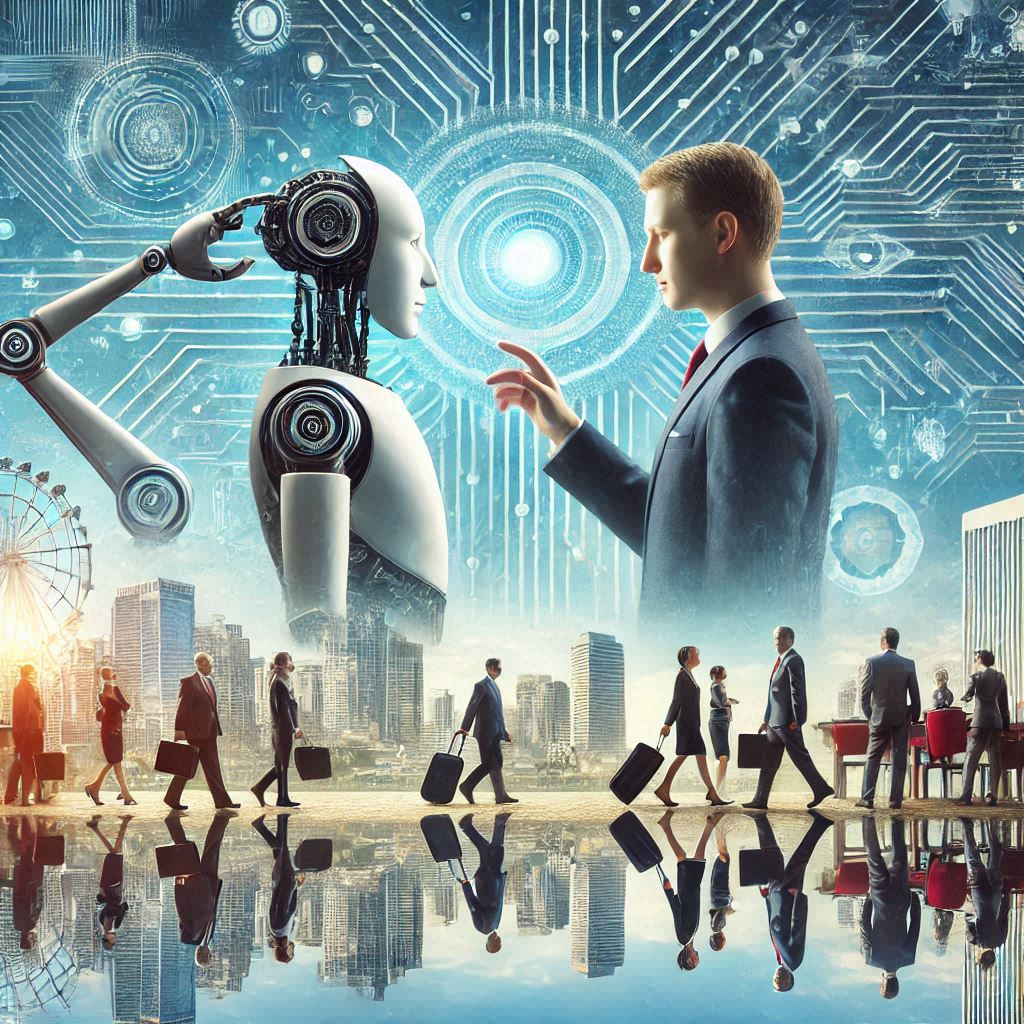Bridging the Gap: How to Combine Automated and Human Customer Service for Maximum Efficiency
As in any travel and hospitality organization, the goal is indeed to provide customers with an experience that they will never forget. However, when operation costs are on the rise, employees increase the demand, and travelers’ expectations keep growing, seeking equilibrium seems more like searching for a needle in a haystack.

Why a Combination Model is Necessary
Today traveler’s expectation are high they want quick response, personalized services, end to end travel journey right from selection and check out.
Think about it: Although, with AI customer service, one can get results instantly but it will lack human touch. On the other side, human agents are endowed with emotions and intuition however, are not able to operate all through the day and night. Fortunately the answer is in the balance of the two
Common Challenges:
High Call Volumes: Too many people tend to call support lines during peak seasons thus proving very hectic for the support teams and at the same time the complaining clients.
Labor Shortages: Talent acquisition has become almost herculean task to accomplish.
Rising Costs: Its operational costs are increasing, meaning that scaling large support teams is not sustainable for most businesses.
Guest Expectations: Today’s traveler’s expect their questions and concerns to be resolved instantly.
Why a Hybrid System Works
It is highly impressive when machines interact with human service. Here’s how this approach addresses industry pain points:
1. Time and Accessibility brought by automating.
AI Chatbots: Essentially using AI customer service for responding to frequently asked questions, sending booking confirmation messages and real-time notifications.
Automated Workflows: Filter directly the inquiries to the corresponding department to significantly reduce the response time.
2. The procedure of empathy and problem-solving with human agents
Complex Issues: There are scenarios where AI lacks such as a flight missed, or an additional favor is being sought, then human beings are introduced with friendly words and directions.
Upselling and Personalization: A professional adviser has the capability to advise the consumer to upgrade the room or also design a plan, a bot cannot notice.
Conflict Resolution: There are some issues which require personal attention in order to cool and sort out conflicts
3. Enhanced Efficiency
Automation deals with all routine activities, thereby providing human agents adequate time to be efficient. A well done hybrid system lowers costs and does not detract from the quality of service delivered.
Ways In Which Implementation of Automated and Human Customer Service Can be Successfully Done
To effectively combine automation and human interaction, businesses must take a strategic approach:
Step 1: Map Out Customer Journeys
See the opportunities where customers are exposed to your brand. Determine which of the interactions can be performed using specific tools and which one need to be conducted manually.
For example:
Automate: Telephone calls: Service requests/queries, Complaints, Questions about our services during booking, Queries about being on our members’ list or not, telephone calls from the guest/or other telephone calls received.
Human Touch: Special requests from Guests, Cancellations, and Complaints.
Step 2: Employ the Right Technology
Choose tools that integrate seamlessly with your existing systems and provide advanced capabilities, such as:
AI Chatbot Systems: AI customer service platforms integrate seamlessly with your existing systems, offering advanced features like conversational NLP and CRM tools.
CRM Integration: Ensure customer care human agents are provided with as much detailed information about customers as possible.
Omnichannel Platforms: Co-ordinate expectations of the company’s interface whether it is in the chat with a representative, through e-mail, phone call, or social media.
Step 3: Developing staff members into empowered and trained human agents
Equip your staff with the skills and tools to work alongside automation effectively:
Educate the agents to deal with escalations and to use CRM tools to provide customer-specific solutions.
Step 4: They should have the ability to use analytics to identify gaps and refine workflows in almost real-time to support smooth handoffs.
Regularly evaluate the performance of both automated systems and human agents
Receive team summary and real-time updates of your workforce from AI chatbots.
Real World Application in the Travel And Tourism Industry
1. Hotels:
Automated: AI customer service bots can provide information about facilities, room availability, and local attractions
Human Touch: Guest service specialists perform registration, request, and complaint management.
2. Airlines:
Automated: Flight status and other services that can be accessed through the internet include; flight status, check-in, and baggage check.
Human Touch: Correcting and honoring those missed connections and catering to passengers with special needs.
3. Travel Agencies:
Automated: Providing information about price differences of various possibilities, options for several travel itineraries, and confirmation of reservations.
Human Touch: From offering customized travel services to customers and managing unexpected changes in the plan.
Key Metrics to Track Success
To measure the effectiveness of your hybrid customer service approach, monitor these key performance indicators (KPIs):
Response Time: Duration of time it has taken to handle various inquiries.
Customer Satisfaction (CSAT): AI customer service ensures faster resolutions and personalized support, leading to improved CSAT scores
First Contact Resolution (FCR): Proportion of calls dealt with and closed without passing them to a higher level.
Cost Savings: Decrease in running costs through use of technology through adoption of robotics.
Customer Service in Hospitality in the Future
As we know when it comes to technology the world is changing rapidly and so is the customer expectations in travel and hospitality industry. The combination of automated and human customer self-service will continue to be a fundamental activity as people strive to provide outstanding customer experiences. Therefore the right balance creates an opportunity for business people to make good impression on their guests while at the same time improving the business feasibility and profitability.

